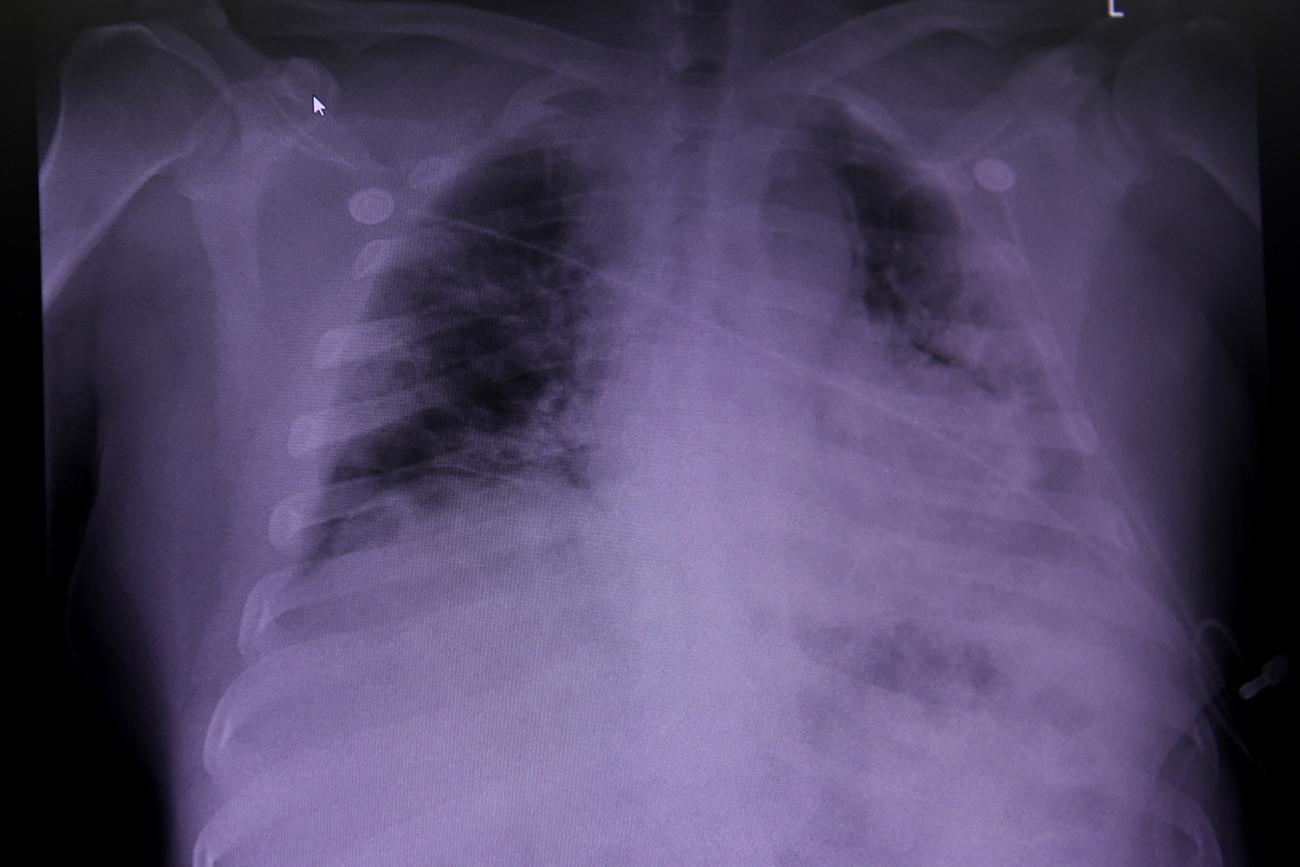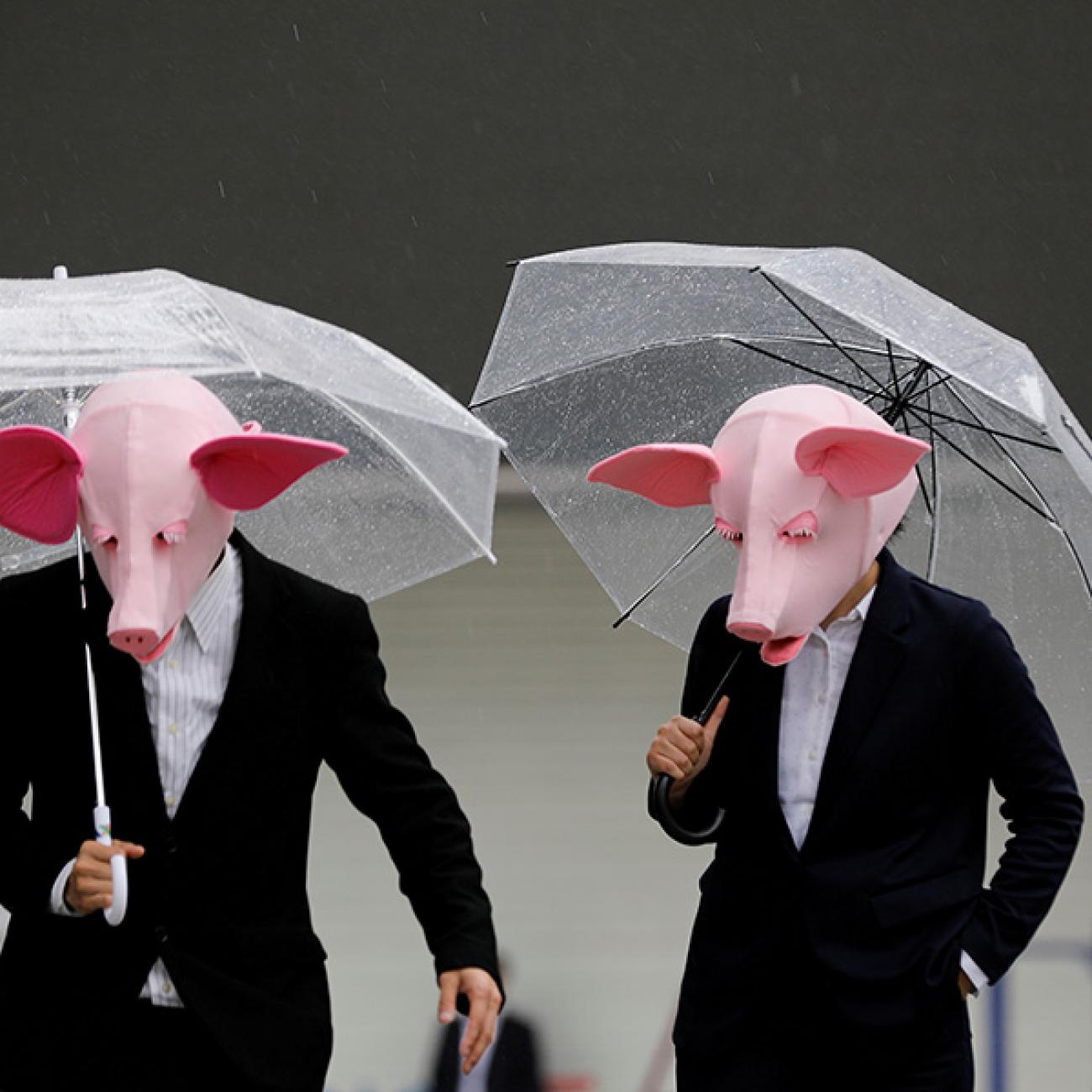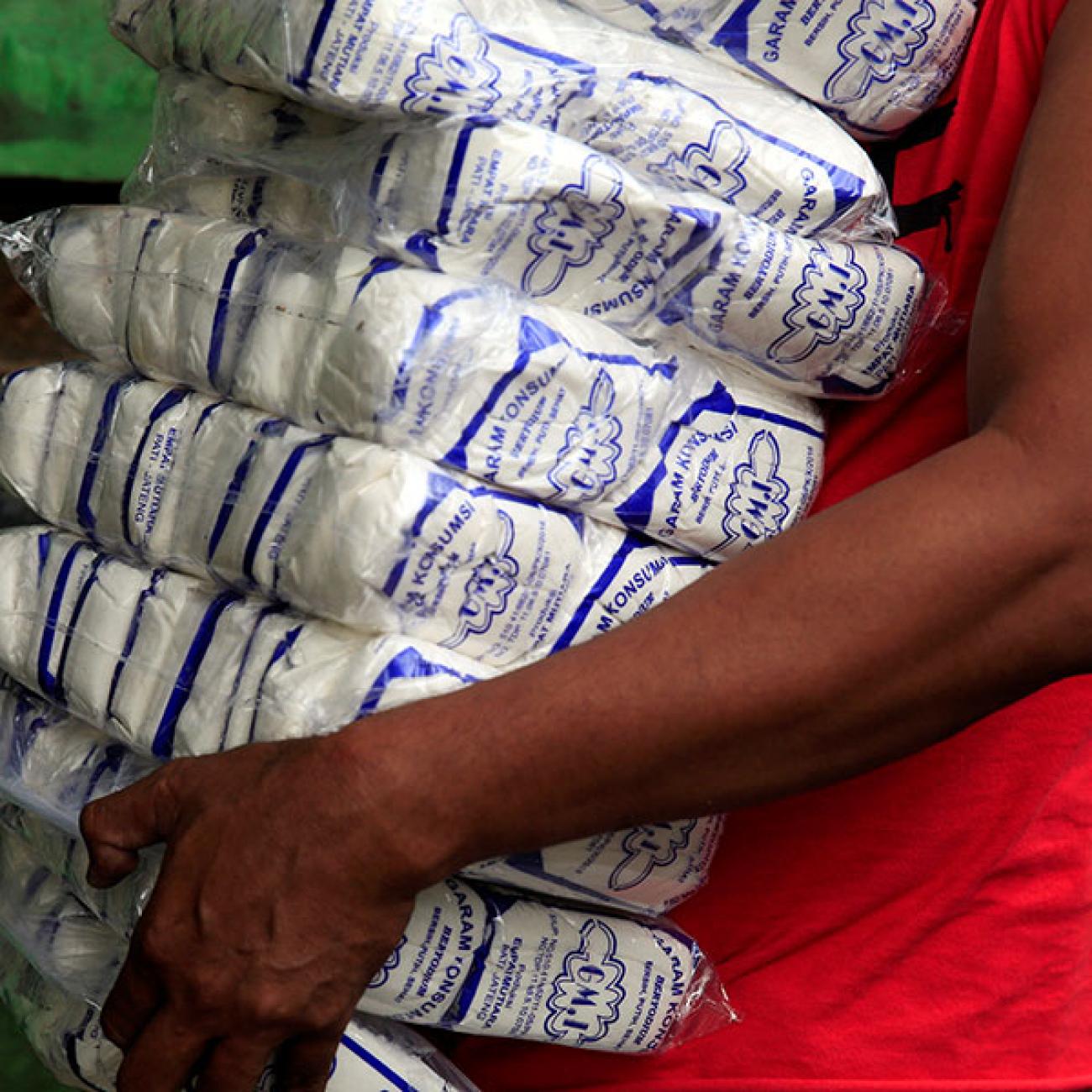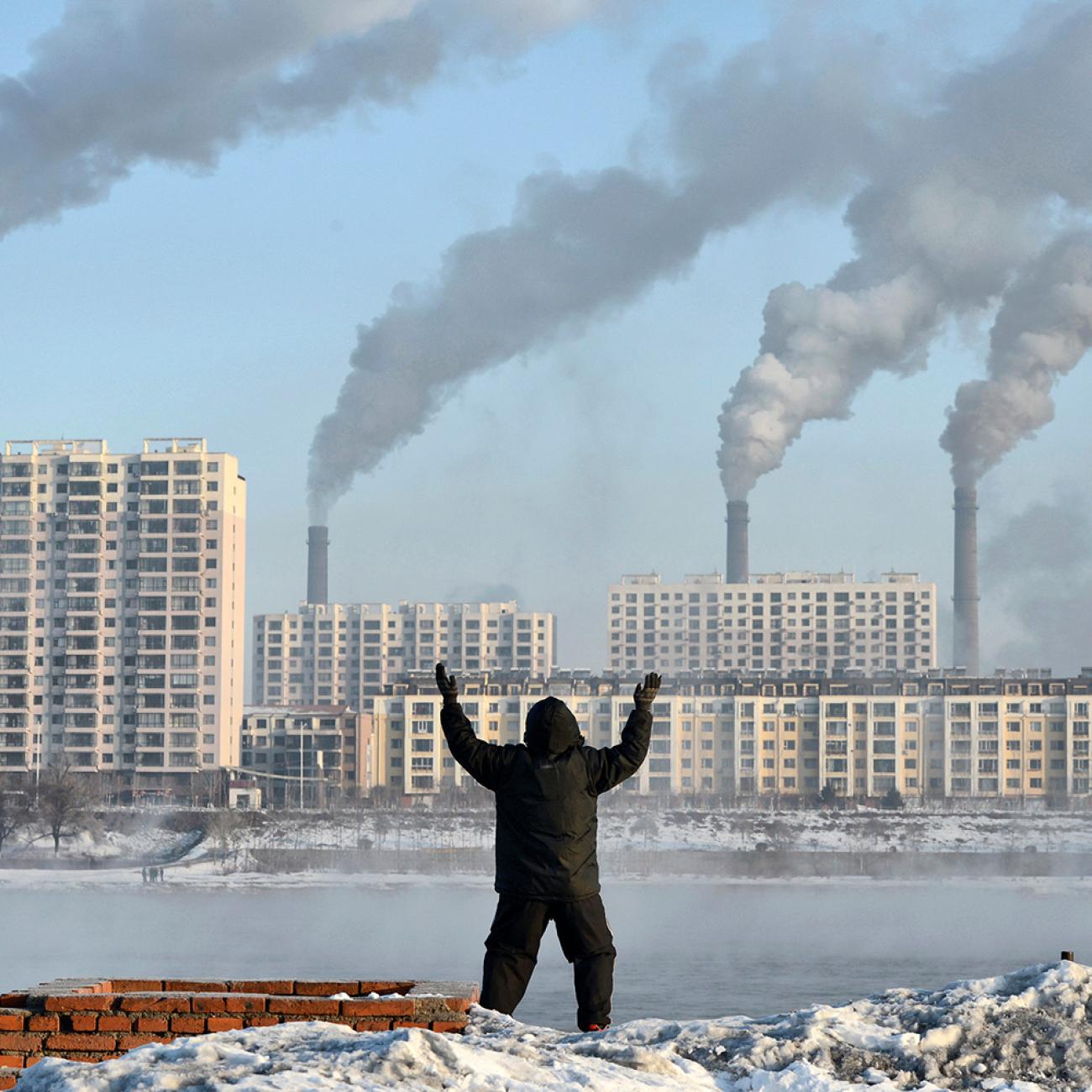Before COVID-19 hit, obesity and overweight were linked to an estimated 5 million deaths per year worldwide. Now, obesity and overweight seem to have worsened the threat of COVID-19, which has killed approximately 1,119,268 people around the world as of October 13, 2020.
Obesity and overweight have themselves become a pandemic
A recent study found that people with obesity and COVID-19 were 113 percent more likely to be hospitalized and 48 percent more likely to die. The U.S. Centers for Disease Control and Prevention (CDC) announced in early October that even individuals who are overweight may be at greater risk of developing severe COVID-19 infection. Obesity and overweight appear to put people at greater risk of dying from COVID-19 by weakening the immune system, decreasing the functioning of the lungs, and contributing to higher inflammation. There is also concern that a vaccine against COVID-19 may not work as well in people who are obese.

Research from the Global Burden of Disease collaborators shows that obesity and overweight have themselves become a pandemic. Obesity is defined as a body mass index greater than 30, and overweight is defined as a body mass index between 25 and 30. Between 2010 and 2019, obesity and overweight increased by 18 percent globally, helping create a perfect storm once COVID-19 arrived.
Obesity and overweight are linked to five of the top ten leading causes of death globally
The COVID-19 pandemic presents policymakers with greater reason to take aggressive action to lower rates of obesity and overweight. Addressing this important risk factor could potentially lower the death toll from COVID-19 and make countries more resilient in the face of future pandemics. Even in the absence of COVID-19, tackling obesity and overweight have the potential to save millions of lives both now and in the future. Interventions that reduce obesity and overweight can also help fight climate change. Governments around the globe are consumed by the COVID-19 pandemic, so focusing on obesity and overweight might seem to be a distraction. However, examining the leading global killers as of October 2020 underscores the urgency of addressing this risk factor. Obesity and overweight are linked to five of the top ten leading causes of death globally, including ischemic heart disease (#1), stroke (#2), COVID-19 (#6), Alzheimer's disease (#8), and diabetes (#9).

What's more, people's increased exposure to obesity and overweight could eventually threaten the progress that's been made in improving life expectancy globally. In some high-income countries, obesity and overweight, along with other risk factors such as high blood pressure and high blood sugar, are thought to have caused mortality from cardiovascular diseases to stay level or even increase after decades of decline. If these trends continue, global life expectancy could stop increasing or begin to decline.
The anti-smoking movement is far from declaring victory
To bend the curve against obesity and overweight, taxation, regulation, and incentives may be needed. The anti-smoking movement has used similar tactics to drive down exposure to smoking by 25 percent over the last two decades compared to a 75 percent increase in obesity. Certainly, the anti-smoking movement is far from declaring victory. Smoking continues to be a top risk factor for death in many countries and contributed to nearly 9 million deaths in 2019 alone. Still, the tactics of the anti-smoking movement offer important lessons for policymakers for addressing obesity and overweight through approaches such as taxation and regulation.
When it comes to combating obesity and overweight, subsidizing healthy foods and taxing unhealthy foods are promising strategies. For example, a 2011 study of eating patterns in the United States published in the New England Journal of Medicine highlights unhealthy foods that could be taxed and unhealthy food that could be subsidized. The study found that certain foods tended to be associated with increased weight gain, such as starchy foods (potato chips and potatoes), sugar-sweetened beverages, and processed and unprocessed meat. Foods such as vegetables, fruits, nuts, and yogurt seem to protect against weight gain.
Policymakers also have an opportunity to heal the planet
Another study co-authored by scientists from the Institute for Health Metrics and Evaluation at the University of Washington, Tufts University, and other institutions found that subsidizing healthy foods such as fruit and vegetables led to small yet important decreases in body mass index. In addition to improving human health, taxation, regulation, and subsidies can help address climate change. The natural disasters of 2020 that have been linked to climate change—wildfires, tropical storms, droughts, and flooding—have only added to the misery and loss caused by the pandemic. In designing interventions to combat obesity and overweight, policymakers also have an opportunity to heal the planet.

What would the ideal diet look like from a human health and environmental perspective? In 2019, the EAT Lancet Commission, a group of thirty-seven scientists hailing from sixteen countries, laid out targets to promote healthier eating and sustainable production of food. The commission set targets of doubling intake of fruits, vegetables, legumes, and nuts, and cutting consumption of added sugars and red meat by more than 50 percent by 2050.
Despite its success, opposition from the tobacco industry has slowed its progress
The dangerous synergy of COVID-19 and obesity and overweight provides ample justification for policymakers to address both threats at the same time—and adopt tactics from the anti-smoking movement, embracing taxation, regulation, and incentives. The anti-smoking movement also offers a cautionary tale: despite its success, opposition from the tobacco industry has slowed its progress. Similarly, the food and beverage industry has strongly resisted taxation and regulation. Now, the COVID-19 pandemic presents an opportunity for governments to bring the food and beverage industry to the table to fight obesity and overweight.

EDITOR'S NOTE: The authors are employed by the University of Washington's Institute for Health Metrics and Evaluation (IHME), which leads the Global Burden of Disease study described in this article. IHME produces the COVID-19 estimates cited here and contributed to the EAT Lancet Commission report. IHME collaborates with the Council on Foreign Relations on Think Global Health. All statements and views expressed in this article are solely those of the individual authors and are not necessarily shared by their institution.







